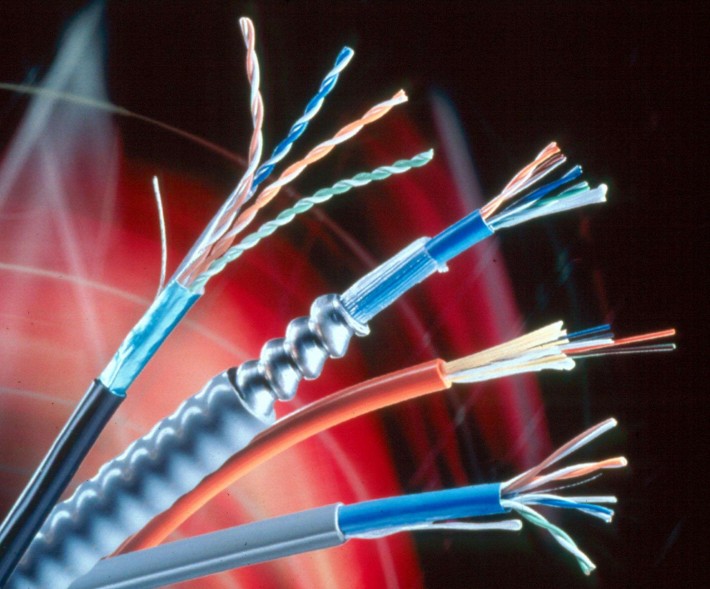If you’re trying to choose between cable and ADSL, there are a number of factors to consider. But before you go into any of them, it’s a good idea to find out whether you actually have access to either technology.
Check coverage maps and contact various providers to find out if you are in an area where cable and ADSL are available. If you’re in an area that only provides one of those services, it will make your choice somewhat easier!
If you find out you have access to both cable and ADSL, you will need to weigh up the pros and cons of each option. As an internet user, the service you receive from cable and from ADSL will not be that different. However, one thing that can differ substantially is the connection speeds you receive. Check out iiNet if you want to learn more about ADSL & the options available to you.
How does Cable Internet Work?
When you connect via cable internet, you will have a cable modem that connects to the network via coaxial cable. If you have cable TV, this is the same cable that connects your TV to the outside world. However, you can still connect to the internet while watching TV, obviously.
The speeds you receive will depend on a number of factors, but you should find that the advertised maximum downstream speed is 25 Mbps to 100 Mbps, with upstream speeds of 2 Mbps to 8 Mbps. The actual speed you receive may be much slower – as we will discuss a little later.

How does ADSL Work?
ADSL – also known as asymmetric digital subscriber line – uses the copper wiring in telephone lines to deliver internet access to your home or business. Again, you can connect to the internet while using the phone line – unlike dial-up back in the day.
There is a range of ADSL services, including ADSL, ADSL2 and ADSL2+. Each offer varying speeds on downloads and uploads, again with varying factors affecting the actual speed received.
As a guide, ADSL speeds range from 1Mbps to 1.8Mbps upstream, and 8Mbps to 12Mbps downstream, ADSL2 ranges from 1.3Mbps to 3.5Mbps up, and up to 12Mbps down, and ADSL2+ offers the same as ADSL2 upstream, but up to 24Mbps downstream.
What Affects Connection Speeds on Cable?
When you connect to the internet on a cable network, you are actually sharing that network with your neighbours. If other people on your network are connecting to data-heavy applications, such as online gaming, video conferencing, and streaming, the speeds you receive could be very slow.
What Affects Connection Speeds on ADSL?
The main factor affecting the speed you receive on ADSL is the distance between you and the exchange. The further away you are from the exchange, the slower your internet. If you are too far from an exchange, you will not be able to get connected to ADSL at all.
What Other Factors Affect Connection Speeds?
While connecting via peak hour on cable, and connecting further from the exchange on ADSL can slow your internet connection speeds, there are other factors that affect your connection speeds as well.
The equipment you are using to connect is one of the most important affecting factors. If you have older equipment, whether you are connecting via cable or ADSL, you may not receive the highest advertised speeds. If your equipment is infected with spyware or viruses, it will also slow down.
Another factor that may affect the speed of your internet is using a wireless router. Optimise your wireless settings and your router placement to ensure you receive the highest possible speeds on all your wireless devices.











Leave a Reply